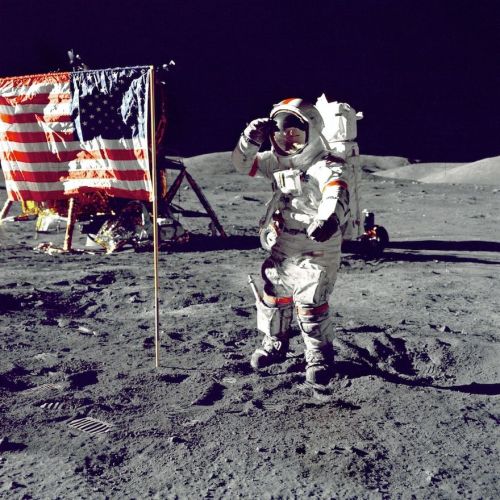16 facts about Enceladus
Although the name of the moon comes from the giant Enkelados, who was crushed by Zeus in Sicily, the moon itself is relatively small. Its small size i ...
Titan is the only moon in the Solar System with such a dense atmosphere. It is the second largest moon in the Solar System after Ganymede (Jupiter III), surpassing Mercury and all dwarf planets in size. It is a celestial body most distant from Earth, that a space probe has landed on. The Huygens lander has shown there are numerous lakes on its surface, although they are filled with liquid hydrocarbons instead of water.










